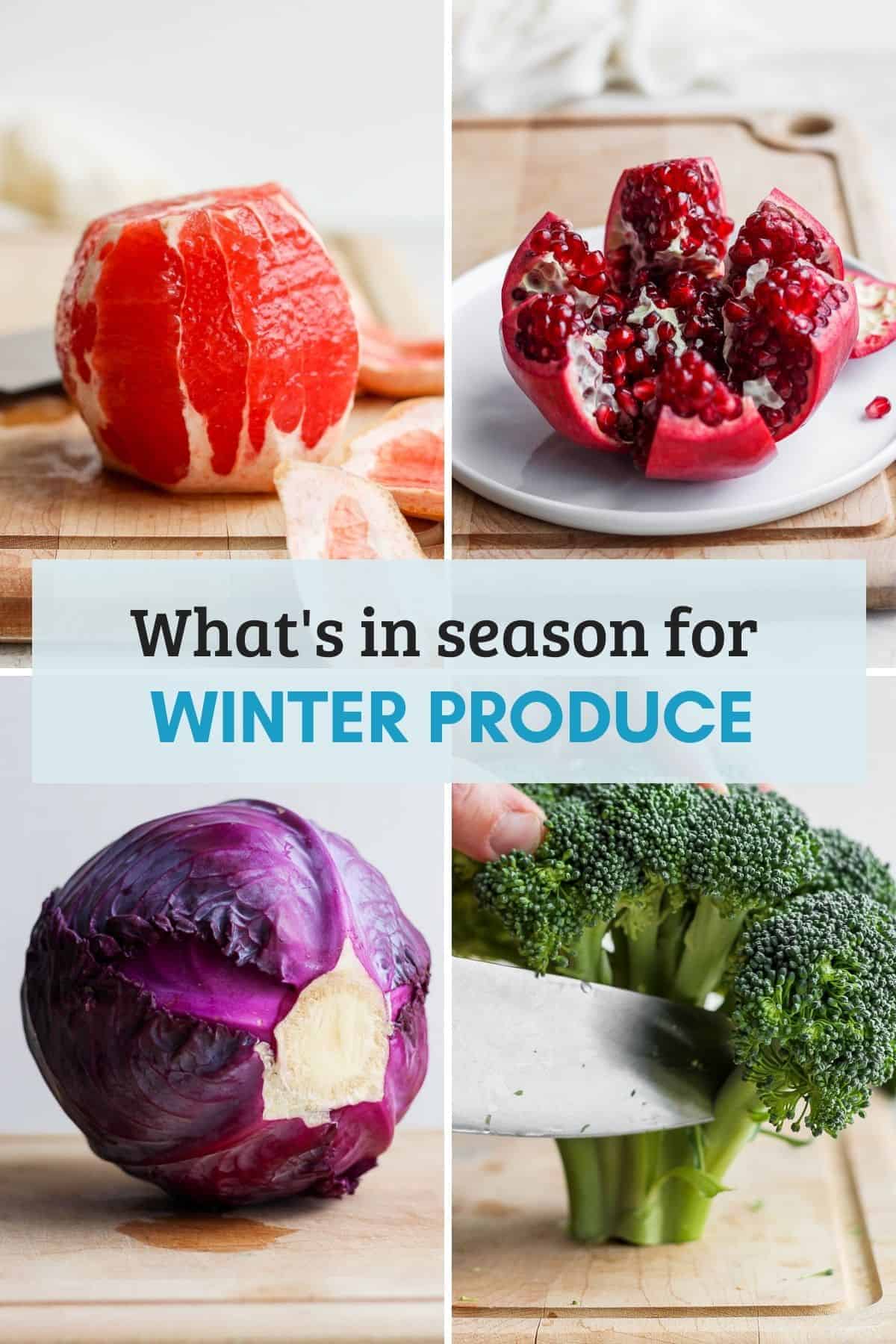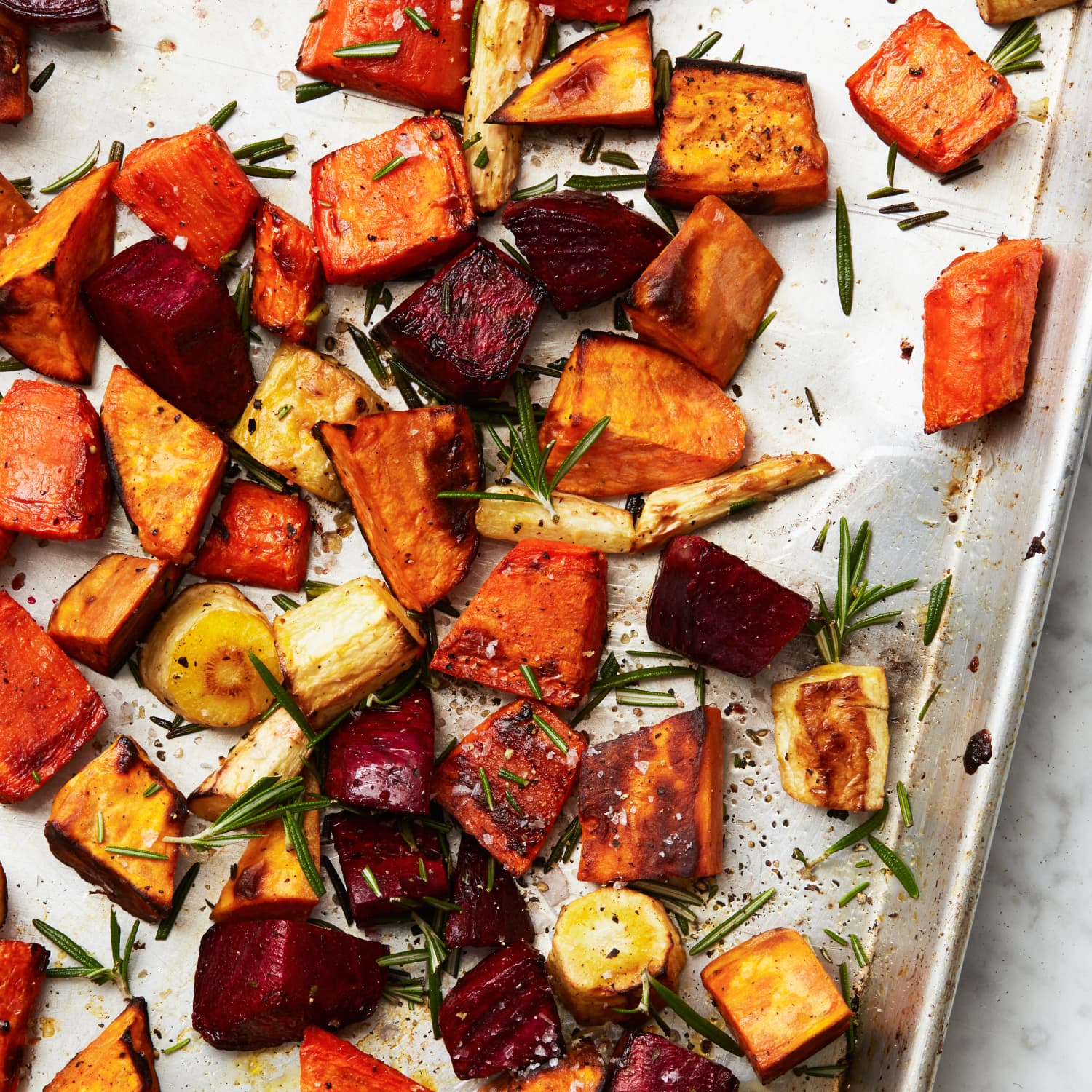Best Ways to Cook Winter Root Vegetables

As the first frost kisses the ground and the air grows crisp, a world of culinary possibilities opens up beneath the earth. Winter root vegetables, often overlooked in favor of their more glamorous summer counterparts, are the unsung heroes of cold weather cooking. From hearty parsnips to vibrant beets, these humble tubers are packed with flavor and nutrients, ready to transform your kitchen into a cozy haven. So, grab your apron and let's explore the best ways to cook with winter root vegetables.
The Hidden Treasures of Winter Produce
Winter root vegetables are like buried treasures, waiting to be unearthed and transformed into delicious, hearty meals. They are the epitome of comfort food, evoking memories of warm kitchens and shared meals. But where to start? The variety can be overwhelming: from knobby celery roots to gnarled turnips, each vegetable brings its unique character to the table.
Understanding Your Roots
Before diving into recipes, it's essential to understand the stars of our show. Root vegetables like carrots, parsnips, turnips, and beets are packed with vitamins and minerals. They are also incredibly versatile, lending themselves to a wide range of cooking methods and flavors. Whether you're roasting, boiling, or sautéing, these vegetables can handle it all.
Roasting: The King of Cooking Methods
Roasting is perhaps the most beloved method for cooking winter root vegetables. It brings out their natural sweetness and adds a delightful caramelization that makes every bite a treat.
The Perfect Roast
To achieve the perfect roast, start by preheating your oven to 400°F (200°C). Cut your vegetables into evenly sized pieces, toss them in olive oil, salt, pepper, and your choice of herbs. Spread them out on a baking sheet and roast for about 25-35 minutes, or until they are tender and golden.

Roasted Root Vegetable Medley
One of the best things about roasting is that you can mix and match your vegetables. Try a medley of carrots, parsnips, and sweet potatoes for a colorful and flavorful side dish. This recipe from Bon Appétit is a great starting point.
Boiling and Mashing: Comfort Food at Its Finest
Boiling and mashing root vegetables is another classic method that results in creamy, comforting dishes. Think of mashed potatoes, but with a twist.
Creamy Parsnip Mash
Parsnips, when boiled and mashed, take on a velvety texture that's perfect for a cold winter night. Simply boil your parsnips until tender, then mash them with butter, milk, and a pinch of nutmeg. This recipe from BBC Good Food will guide you through the process.
Sautéing: Quick and Flavorful
Sautéing is a quick and easy way to bring out the flavors of winter root vegetables. It's perfect for those nights when you want something hearty but don't have much time.
Sautéed Turnips with Garlic and Herbs
Turnips, often overlooked, shine when sautéed with garlic and herbs. Cut them into thin slices, sauté in a hot pan with olive oil, garlic, and your choice of herbs. Cook until tender and slightly browned. This recipe from The Spruce Eats is a great example.
Soups and Stews: Hearty Meals for Cold Nights
Soups and stews are the quintessential cold weather meals. They warm you from the inside out and are the perfect way to use up a variety of root vegetables.
Hearty Root Vegetable Stew
A hearty stew made with a mix of root vegetables is the epitome of comfort food. Start by sautéing onions and garlic, then add your vegetables, broth, and spices. Simmer until everything is tender and the flavors have melded together. This recipe from Epicurious is a great starting point.

Pickling and Fermenting: Preserving the Harvest
Pickling and fermenting are excellent ways to preserve winter root vegetables and add a tangy twist to your meals.
Pickled Beets
Pickled beets are a classic and add a delightful zing to salads and sandwiches. Simply boil your beets until tender, then slice and place in a jar with vinegar, sugar, salt, and your choice of spices. This recipe from Food Network is a great guide.
Conclusion
Winter root vegetables are a treasure trove of flavors and nutrients, waiting to be discovered and enjoyed. Whether you're roasting, boiling, sautéing, or pickling, these humble tubers can transform your cold weather cooking into a culinary adventure. So, don't let the frost deter you. Embrace the season and explore the best ways to cook with winter root vegetables. Your taste buds will thank you.
FAQs
What are the best root vegetables for winter?
- Some of the best root vegetables for winter include carrots, parsnips, turnips, beets, and sweet potatoes. They are hearty, nutritious, and versatile.
How do I store winter root vegetables?
- Store winter root vegetables in a cool, dark place, such as a basement or a root cellar. They can also be stored in the refrigerator for several weeks.
Can I freeze winter root vegetables?
- Yes, you can freeze winter root vegetables. Blanch them first to stop enzyme activity, then freeze in an airtight container.
What are some creative ways to use winter root vegetables?
- Besides the traditional methods, you can also make root vegetable chips, fries, gratins, and even desserts like carrot cake or sweet potato pie.
Are winter root vegetables good for you?
- Absolutely. Winter root vegetables are packed with vitamins, minerals, and fiber. They are also low in calories, making them a great addition to a healthy diet.
0 Response to "Best Ways to Cook Winter Root Vegetables"
Post a Comment